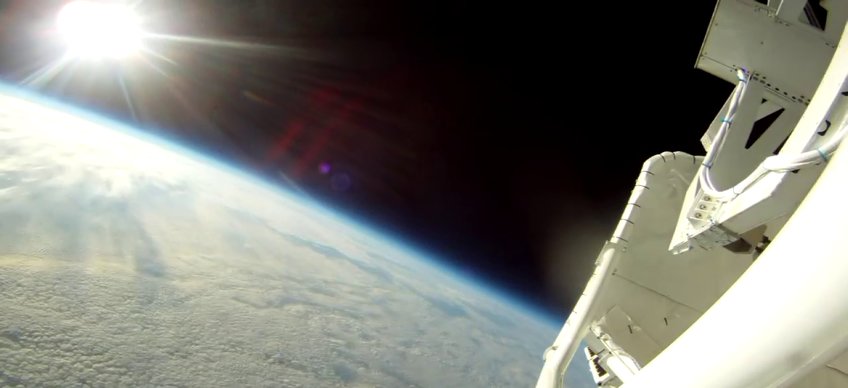
SUNRISE III: a balloon-borne Solar Observatory
Seeing the Sun with New Eyes: Successful flight in July 2024!
On July 16 2024, Sunrise-III completed a highly successful scientific flight. After a flight duration of 6.5 days, Sunrise-III landed west of Big Bear Lake in Canada.
Already in 2009 and 2013, Sunrise performed two highly successful flights. The largest solar observatory ever leaving the ground brought many new discoveries, published in more than 100 refereed scientific papers. An international consortium led by MPS with partners from USA, Japan, Spain and Germany developed a completely new Sunrise. The new gondola and three new scientific instruments delivered spectacular insight into the height stratification of the solar atmosphere from the deepest observable layers up to the chromosphere.
SUNRISE is a balloon-borne solar observatory dedicated to the investigation of the key processes governing the physics of the magnetic field and the convective plasma flows in the lower solar atmosphere. These processes are crucial for our understanding of the magnetic activity of the Sun and of the outward transport of energy to heat its outer atmosphere and to fuel the eruptions and coronal mass ejections, i.e. phenomena that also affect the Earth system.
SUNRISE is designed for operation in the stratosphere (at heights around 37 km) in order to avoid the image degradation due to turbulence in the lower terrestrial atmosphere and to gain access to the UV range down to 200 nm. Launched from above the polar circle at solstice conditions, SUNRISE enables an uninterrupted view at the Sun for extended periods of several days. This mission concept ideally combines the advantages of space-borne telescopes – undisturbed observations from above the atmosphere – with the advantages of ground based instrumentation. At a fraction of space mission costs the instrument can be recovered, refurbished or improved and reflown.
The telescope with its aperture of one meter is the largest solar telescope to ever leave the ground. Equipped with inflight alignment and image stabilization it provides near diffraction-limited images for the highest spatial resolution of under 100 km on the solar surface.












